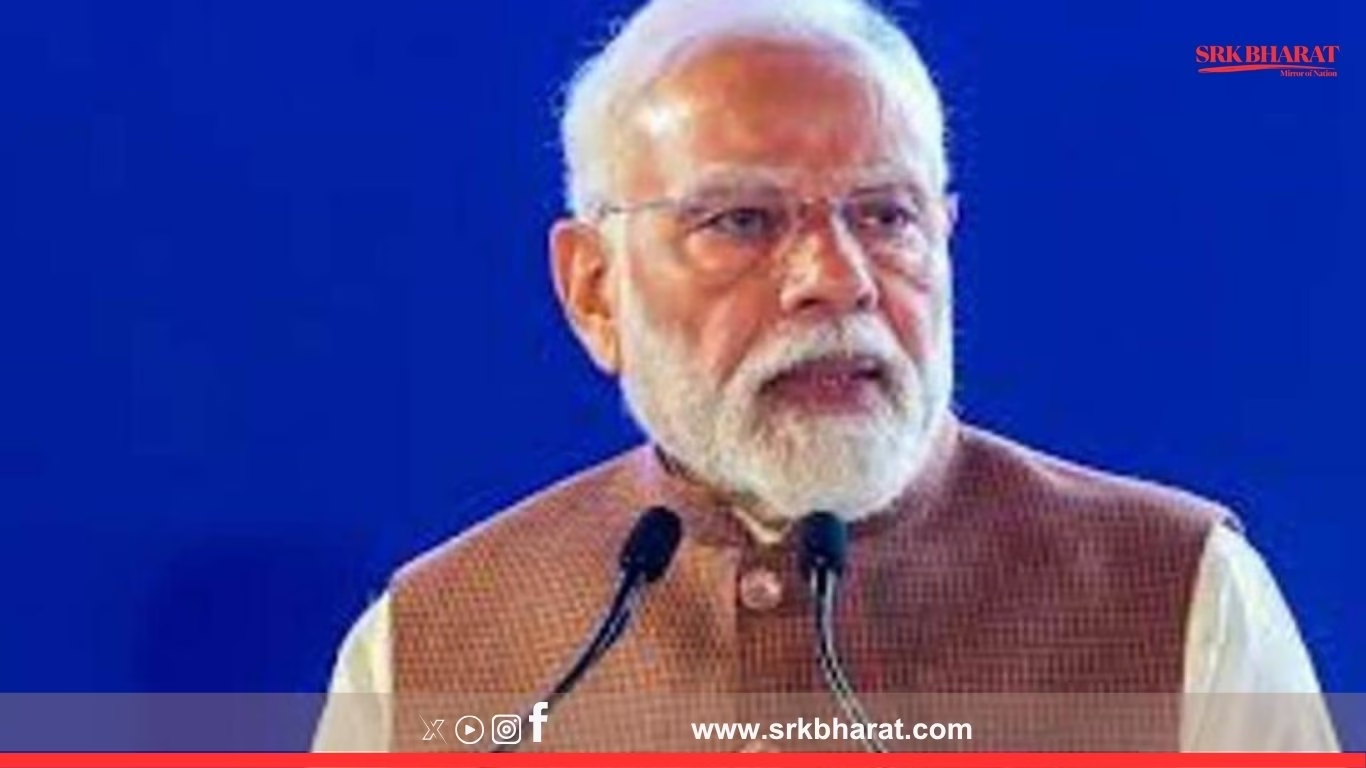India’s role in Uber’s global operations continues to deepen, with the ride-hailing giant identifying the country as a critical innovation hub for product development, engineering, and technology solutions. Prabhjeet Singh, President of Uber India and South Asia, highlighted in a recent media interaction that India is no longer just a growth market but also a core contributor to the company’s global technological advancements.
India’s emergence as a global engineering centre
Singh explained that Uber’s Bengaluru and Hyderabad tech centres are among its largest globally, employing thousands of engineers and product professionals working on projects impacting markets worldwide. From real-time pricing algorithms to safety protocols, significant elements of Uber’s core systems are now built and refined in India.
“India is not just a market where we operate. It is a market where we build for the world,” he emphasised.
Key focus areas of Uber India’s tech teams
The company’s Indian innovation centres are involved in areas including:
- Mapping and geospatial intelligence: Creating hyper-local navigation solutions tailored for complex traffic networks like those in India, which are later adapted for emerging markets across Asia and Africa.
- Rider and driver safety technologies: Developing in-app emergency features, SOS buttons, background check automation, and AI-based fraud detection.
- Pricing algorithms: Optimising surge pricing logic and real-time demand-supply balancing.
- Payment solutions: Building seamless integration with UPI, wallets, and bank networks, with models later implemented in Latin America and Africa.
Strategic significance in Uber’s global playbook
| Area | India’s Contribution | Global Impact |
|---|---|---|
| Technology & Engineering | Over 1,000 engineers across Bengaluru and Hyderabad | Products built in India rolled out in 30+ countries |
| Market Scale | 800,000+ active drivers | Testing ground for scalable operational models |
| Payment Innovations | Deep UPI integration and cash-based models | Frameworks deployed in cash-heavy markets globally |
| Safety Tech | SOS features and automated background verification | Strengthened global rider safety protocols |
Singh noted that solutions pioneered in India often scale globally, especially in similar infrastructural environments, making India indispensable to Uber’s future growth strategy.
India’s strategic business importance
Apart from engineering, India is among Uber’s fastest-growing markets, driven by:
- Urban population density – cities like Delhi, Mumbai, and Bengaluru witness daily demand peaks unmatched by most markets.
- Digital payment ecosystem maturity – UPI-enabled instant transactions facilitate faster onboarding and trip completions.
- Cost-effective operations – lower development and testing costs compared to US or Europe, with equally high technical expertise.
Uber’s investment outlook in India
Uber is continuing to:
- Expand electric mobility initiatives through tie-ups with EV manufacturers and battery swapping companies.
- Integrate public transport options in-app, supporting India’s urban mobility vision.
- Launch intercity ride services and Uber Rentals to diversify revenue streams beyond daily commuting.
Singh stated that Uber is committed to investing further in localised innovations, hinting at upcoming launches tailored for India’s unique transport challenges, such as autorickshaw pooling and expanded two-wheeler mobility options.
Uber India’s role in global sustainability goals
India also plays a crucial role in Uber’s climate goals, aiming for:
- Zero-emission operations by 2040
- Accelerating electric vehicle adoption in South Asia through incentives, EV driver support schemes, and charging partnerships
Uber’s pilot projects for EV-only fleets in select Indian cities have been described as “proof of concept” for similar transitions in Southeast Asia and South America.
Challenges in the Indian market
Despite optimism, Singh acknowledged persistent challenges:
- Regulatory uncertainty at state levels impacting policy uniformity
- Driver earnings concerns with rising fuel prices and operational costs
- Competitive pressure from Ola and rapid-growth EV mobility startups
He stressed that Uber is working closely with policymakers to ensure fair frameworks that protect drivers’ livelihoods while ensuring rider affordability and safety.
Comparative global engineering hubs of Uber
| Country | Primary Tech Centres | Key Focus Areas |
|---|---|---|
| United States | San Francisco, New York | Core platform architecture, AI, autonomy |
| India | Bengaluru, Hyderabad | Global payments, safety tech, mobility innovation |
| Netherlands | Amsterdam | Operations strategy, rider experience |
| Brazil | São Paulo | Regional pricing and demand models |
The table demonstrates how India’s engineering hubs have moved beyond local solutions to become integral components of Uber’s global product development ecosystem.
Uber’s India journey: Key milestones
- 2013: Entered India with premium black cars in Bengaluru.
- 2014: Expanded to multiple cities; introduced UberX.
- 2015: Launched cash payments in Hyderabad, later scaled globally.
- 2018: Set up its second largest global engineering hub in Bengaluru.
- 2020 onwards: Focus on electrification, public transport integration, and micro-mobility.
Vision for the next decade
Uber sees India as not just an operating market but a “future mobility lab”, where models for developing and dense urban markets are tested, refined, and scaled globally. Singh said:
“Our vision is to make India the global benchmark for innovation in shared mobility, payments, and safety.”
Industry and economic impact
Uber’s investments have contributed significantly to employment generation, local tech ecosystem growth, and digital payments expansion in India. Economists highlight that such multinational tech centres:
- Enhance local talent exposure to global standards.
- Boost India’s image as a preferred technology and innovation outsourcing destination.
- Drive startup collaborations, leading to spillover innovations in healthtech, fintech, and AI.
Disclaimer
The news article summarises recent statements by Uber’s India President and publicly available company updates. Figures related to employee count, market size, and technological deployments are indicative and subject to change as per company disclosures. Readers are advised to verify financial and strategic data for professional, investment, or business decisions.











